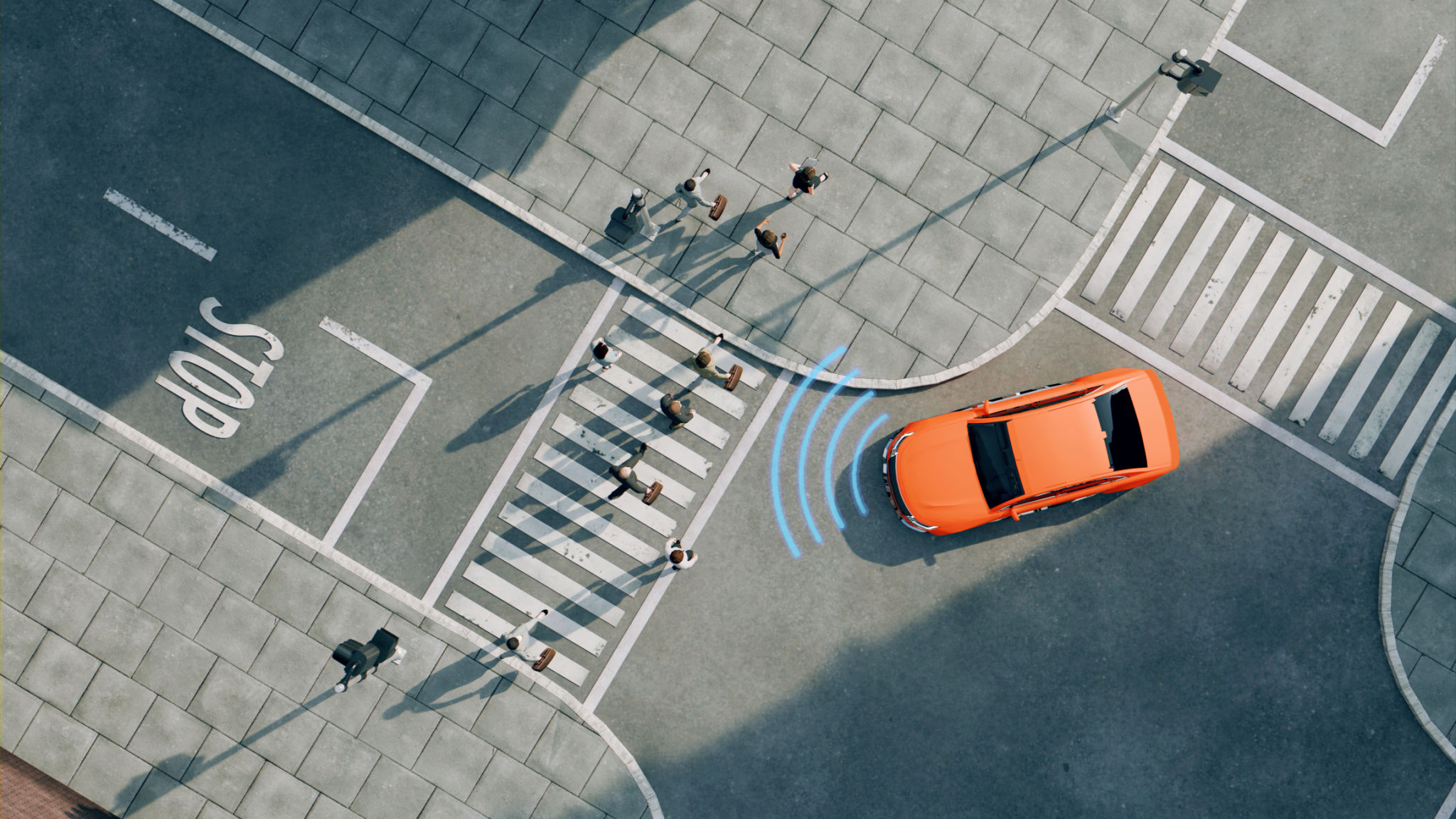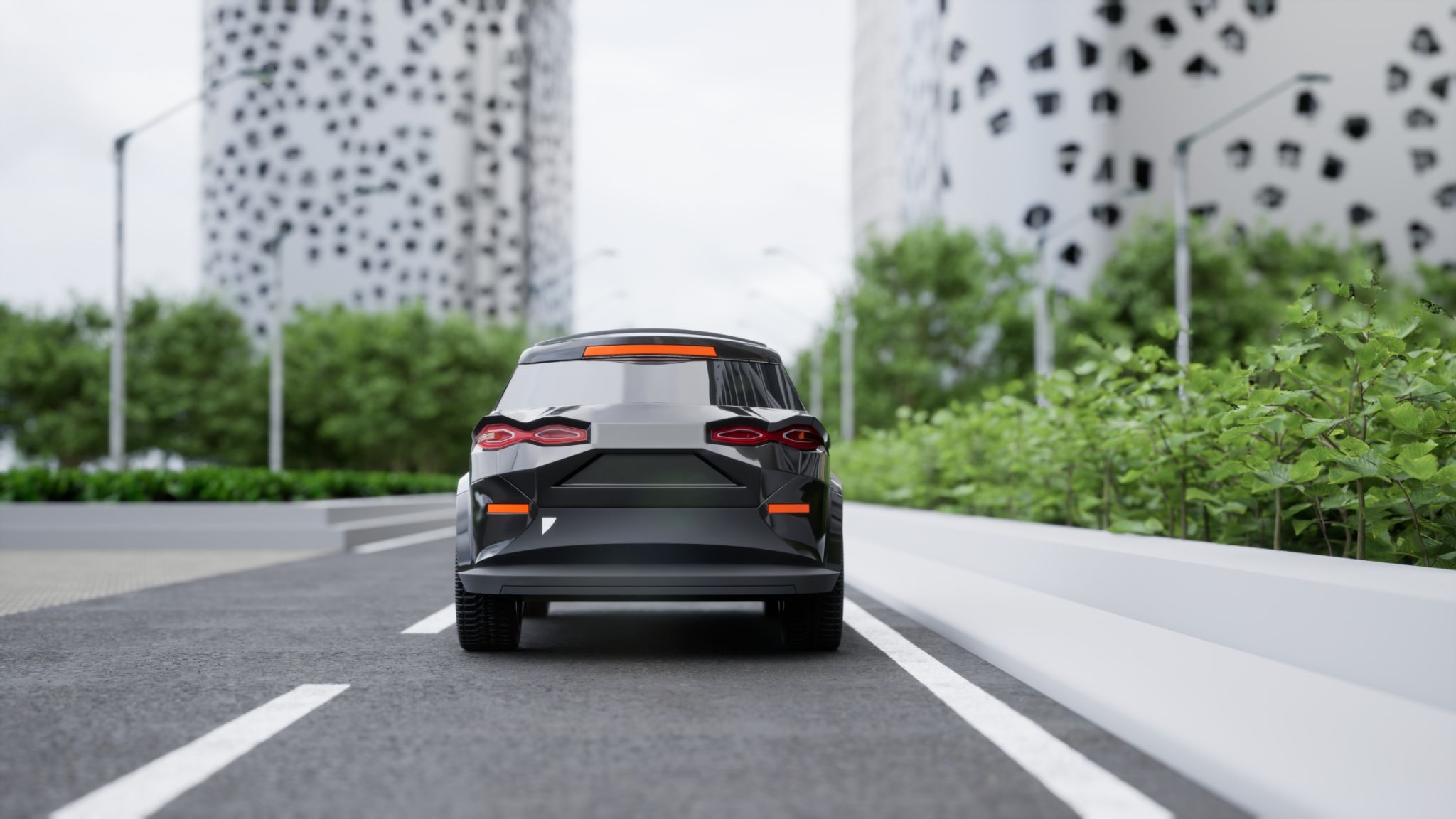How Front and Rear Pilot Cars Enhance Safety for Oversized Loads
Understanding the Role of Pilot Cars
Transporting oversized loads is a complex task that requires meticulous planning and execution. One of the key components in ensuring the safe transport of these large loads is the use of pilot cars. These vehicles, often referred to as escort cars, travel in front of or behind the oversized load, helping to manage traffic and provide important communication between the truck driver and other road users.
Front and rear pilot cars are essential for navigating through various terrains and traffic situations. They help alert other drivers about the presence of an oversized load, minimizing the risk of accidents. By acting as a liaison between the truck driver and the roadways, pilot cars significantly enhance safety during transport.

Why Are Pilot Cars Necessary?
The necessity of pilot cars arises from the challenges associated with moving oversized loads. These loads can include anything from large construction machinery to pre-fabricated homes, often exceeding standard size and weight limits. Due to their size, these loads require special permits and careful route planning.
Pilot cars play a crucial role in ensuring that these loads are moved safely and efficiently. They help in navigating tight turns, narrow roads, and low bridges by providing advance warnings and real-time communication with the truck driver. This coordination reduces the likelihood of damage to infrastructure and ensures public safety.
Front Pilot Cars: Leading the Way
The primary function of a front pilot car is to lead the way for the oversized load. This vehicle travels ahead of the load, alerting oncoming traffic and checking for potential obstacles or hazards. The driver of the front pilot car communicates with the truck driver using two-way radios, providing updates on road conditions and any necessary maneuvers.

Front pilot cars are particularly important when navigating through urban areas or regions with high traffic density. They help create a buffer zone around the oversized load, allowing other drivers to adjust their speed and lane position accordingly.
Rear Pilot Cars: Providing Crucial Support
While the front pilot car leads the way, the rear pilot car plays an equally important role in ensuring safety. Positioned behind the oversized load, this vehicle helps in managing traffic from behind, ensuring that following vehicles maintain a safe distance.
The rear pilot car driver also communicates with the truck driver, providing updates on traffic conditions and assisting in lane changes or other necessary adjustments. By keeping an eye on how other drivers are reacting to the oversized load, rear pilot cars help prevent accidents and ensure a smooth journey.

Enhanced Safety Through Communication
Effective communication is at the heart of what makes front and rear pilot cars so valuable. The drivers of these vehicles are trained to handle unexpected situations and can relay critical information to the truck driver quickly. This constant communication helps in avoiding accidents and ensures that the oversized load reaches its destination safely.
In addition to radio communication, pilot car drivers may use visual signals such as flags or lights to alert other road users. This multi-faceted approach to communication enhances awareness and promotes safer driving conditions for everyone on the road.
Conclusion
Overall, front and rear pilot cars are indispensable in the transportation of oversized loads. By enhancing safety through advanced warning, real-time communication, and effective traffic management, these vehicles play a vital role in ensuring that large loads are transported safely and efficiently.
Whether navigating urban streets or rural roads, pilot cars provide an extra layer of safety and assurance for both drivers and the public. Their presence not only protects infrastructure but also ensures that oversized loads arrive at their destination without incident.
